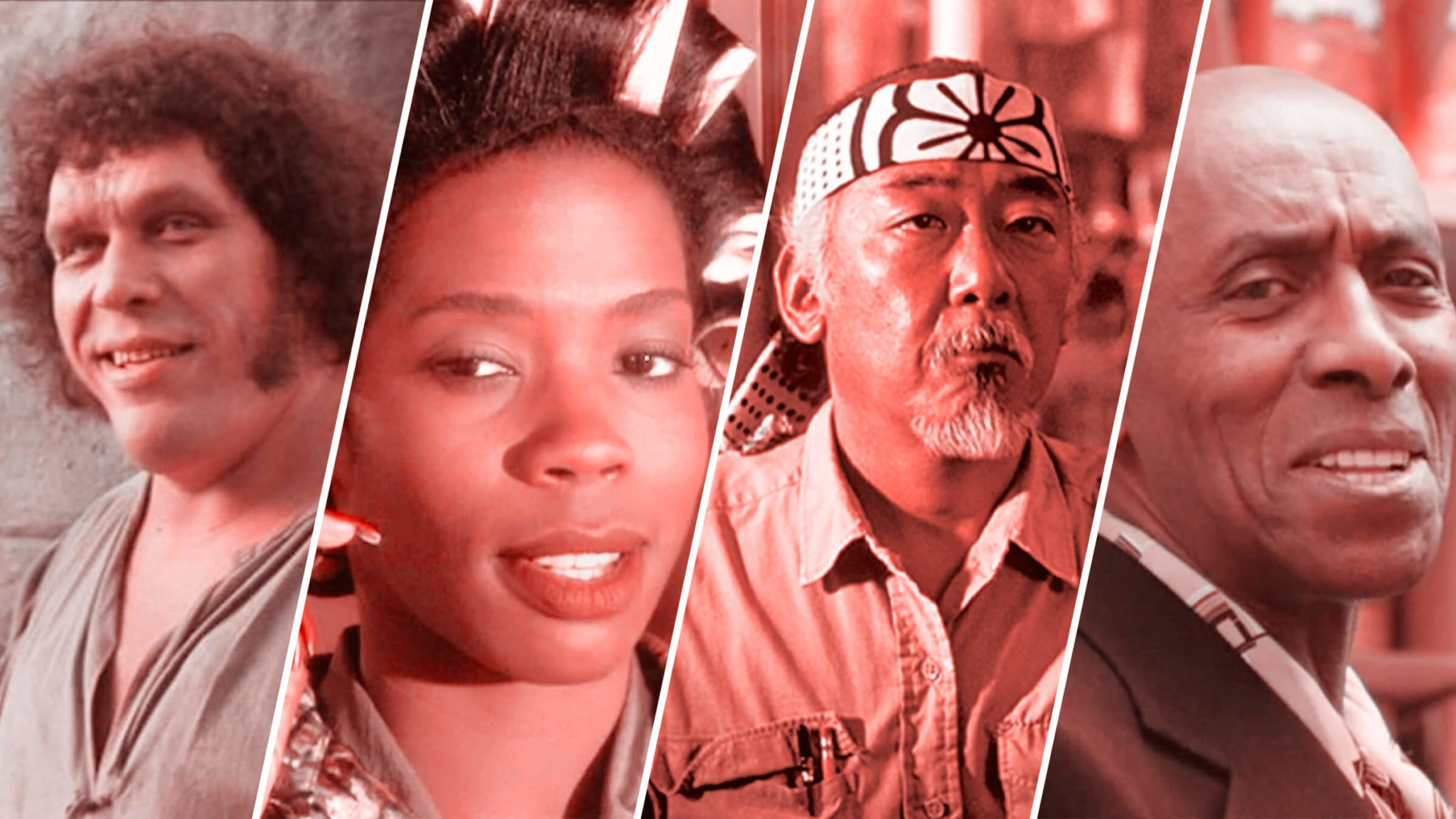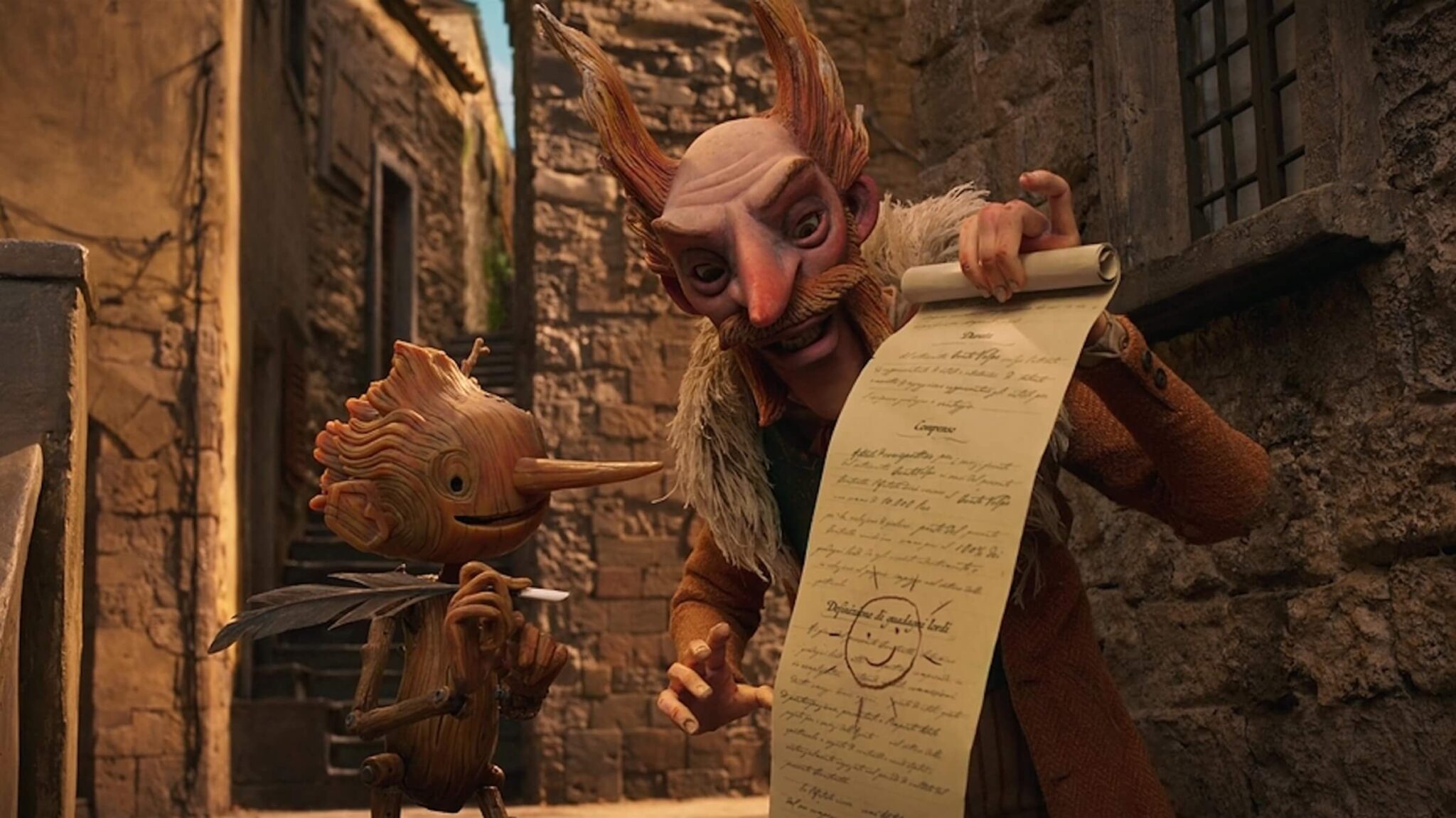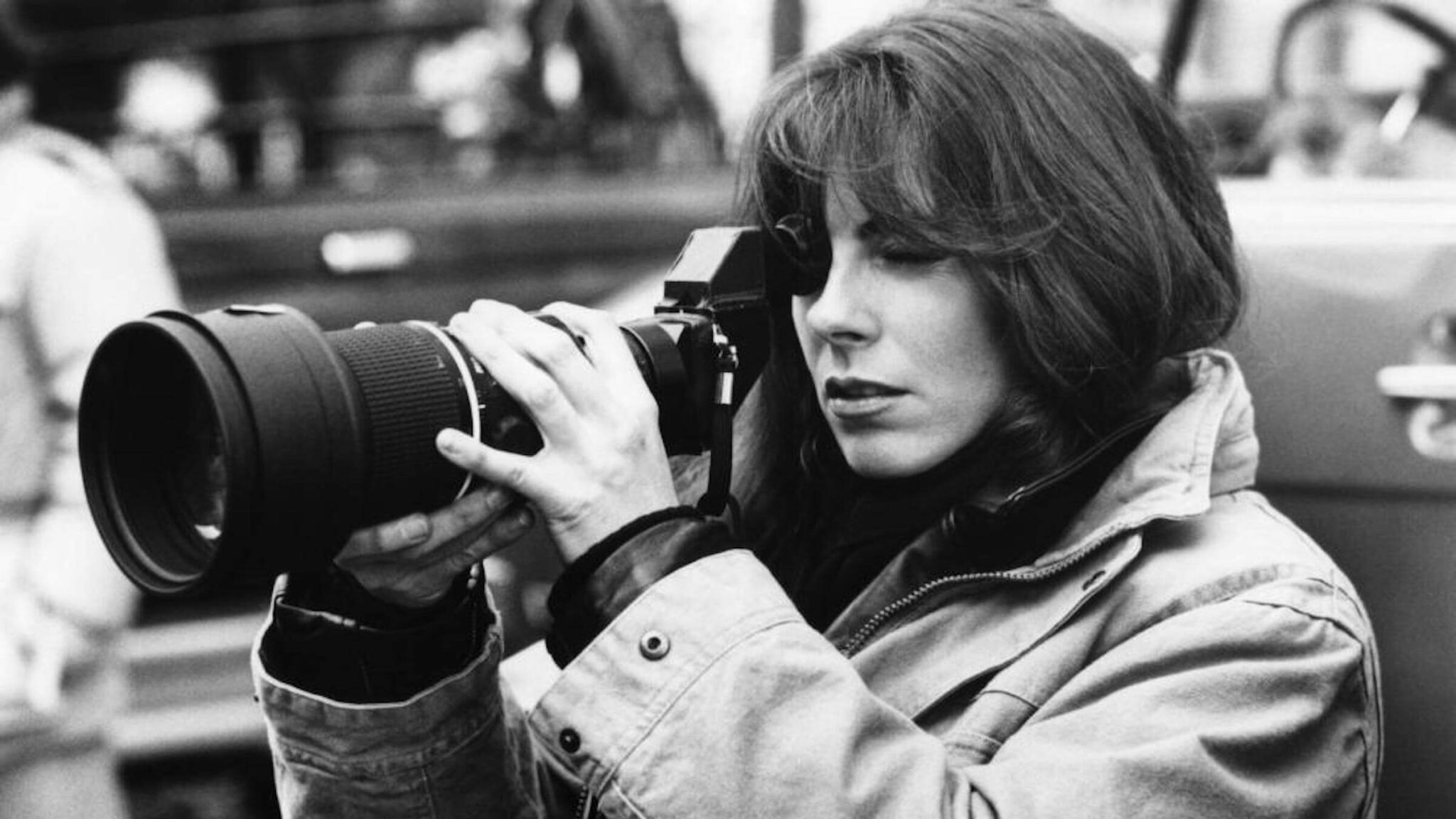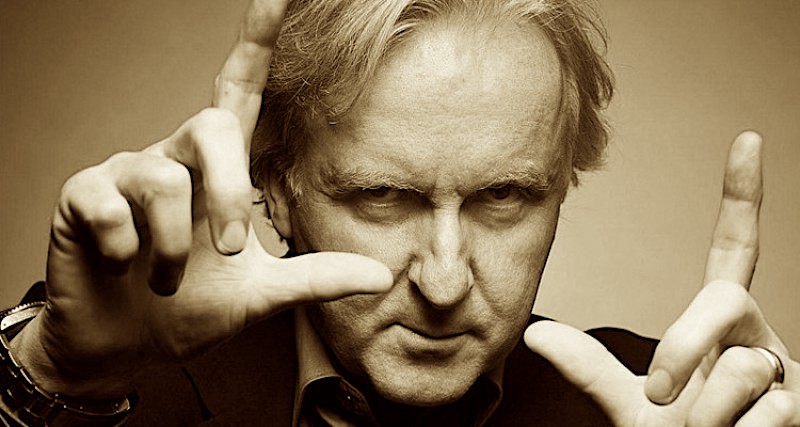Exploring Your Film’s Essence Through a Financial Lens

Guest post by: Joe Aliberti, Luke Taylor & Matthew Helderman
Financing an independent film is no joke. For those of you who have gone through this process, you know just how grueling it is — taking meetings and phone calls with potential investors, entering your script into conferences and competitions — it gets overwhelming.
We’ve seen and experienced this firsthand with the films we’ve put together, and with clients as well. The process for our films and our colleagues' films begin with a process of cutting, compromise, and paring the script down to the very essence of the story.
While attending this fall's film festival circuit and working with writers across the globe in mentorship programs, we saw a lot of great stories get wrapped up in $50m-$100m bows.
Coming from film finance and production backgrounds, we were able to help these writers pare their screenplays down to reasonable budgets while keeping the essence of their story intact, and conveying one simple truth — the essence of every story costs nothing.
But first, let’s talk a bit about setting up finance...
Film finance is always a matter of the chicken or the egg. You need your “elements” in place before you can start to financially piece together your film, but said elements — talent, casting director, EPs — won’t be interested until there is money locked into a bank account.
So what’s the solution? Relationships are the solution.
Keep your Rolodex hefty and reach out to each member of your industry network. Take meetings with their referrals and finance people face-to-face.
Moreover, find ways to mitigate your investor’s exposure. If and when you find the person who believes in your work enough to place hard cash in a bank account for you, return the favor by taking advantages of asset backed pieces of finance.
Structure your film’s finances in a way that guarantees some recoupment (albeit little upside, but this is about making a risk-free return for your investor and making a film for yourself).
Shoot in a state with a great tax incentive, utilize a distribution relationship for an international minimum guarantee, and seek out post houses who will work deferred for a senior position on the investment waterfall. Bankable pieces of debt such as these will make your film a reality.
But, back to the essence…
Think of your favorite films. They draw you in with their story — The characters and their words, world, relationships, etc are all part of this "story.” The plot is not — the plot is part of the screenplay, a set of devices really.
The essence of your story is what you’re trying to convey with every line — and it’s 100% free. Big budget set pieces, while great for studio pictures and star-driven vehicles, aren’t necessary to tell a story. That costs money. A character’s words, their emotions, their reactions, do not. A certain look in a character’s eyes can convey something more powerful than you may think.
Here are examples:
In 1957, United Artists released 12 Angry Men by the then unproven Sidney Lumet. Lumet had come from the theatre world and split his time acting in and directing stage plays in New York City.
As he was new to film, and unproven, he worked on a modest budget and had to figure out cost effective ways to get to the essence of his story: When all else is against you, how can you prevail and seek justice?
As the tension rose throughout each act of the film, the actors would look sweatier, more exhausted. Lumet used wider and wider lenses, bringing the ceiling into frame and making the room these 12 men were in seem smaller — like the walls were closing in on them.
Finally, the 12 men come to a decision, and once released from the room we cut to the exterior of the courthouse - free at last.
We can expand upon this further with a more recent film, Foxcatcher. Though a larger budget film, we can learn from the choices made in this film from director Bennett Miller — not a second is wasted on superfluous dialogue or nagging subplots. We’re being told a story, first and foremost, from the second the film begins until its shocking ending.
There is a scene where Mark Ruffalo’s character is being interviewed about the wrestling team’s progress at Foxcatcher farm. At this point, the audience knows that Ruffalo is the catalyst for the team’s progress, not the Steve Carrell character, though that particular character would want you to think differently.
For the Carrell character to show his dominance, he has the interviewer steer the the interview in Carrell’s favor. What’s Ruffalo to do here, knowing that Carell is a loose canon and the ultimate decision-maker when it comes to his job’s life span?
The scene is a series of reactions from Ruffalo — more about what the Ruffalo character doesn’t say than what he does. More about the time in between words than the words itself. The scene is a master class on directing your actors to the essence of their character, scene, and story.
Lastly, think of a film like The Place Beyond the Pines (perhaps Buffalo 8’s favorite film of the past 5 years). The film focuses on the characters and their world simply by keeping the actors in frame for extended periods of times. The characters move the camera, not vice-versa.
The director, Derek Cianfrance, chooses to use long takes so that we can connect with the characters easier — we can get to know them. We can see their essence in an unrelenting way.
When finding your film’s essence, you want to stay away from the clutter that so many large films fall victim to. Of course, there are huge films which connect audiences to the film's essence in beautiful ways, but there is typically expendable cash and resources when making these pictures.
Titanic, for example, is one of the best films of our generation. Yes, it’s a $200m epic piece of filmmaking, but, simply put, while the setting is immensely expensive, the story is a class tale of young love, told in endless films previous.
To wrap up, a film is the collective of juxtaposed moving images. Any two images played back-to-back will evoke an emotion from an audience. Remember this simple truth when putting your project together.
Now that your financial structure is set up and broken down into a sleek business plan, you will be ready to hit the market and begin the process of getting your story from the page to the screen.
And remember, the essence of what you’re trying to convey as a storyteller won’t cost a dime, but it will be the most important part of making your story timeless.
BondIt was founded by independent film producers Matthew Helderman & Luke Taylor of Beverly Hills based Buffalo 8 Productions. Having produced 30+ feature films, the team recognized a dilemma in the production process — union deposits — and launched BondIt to resolve the situation to assist producers & union representatives alike. www.BondIt.us | www.Buffalo8.com
Tags
Get Our Screenwriting Newsletter!
Get weekly writing inspiration delivered to your inbox - including industry news, popular articles, and more!

























